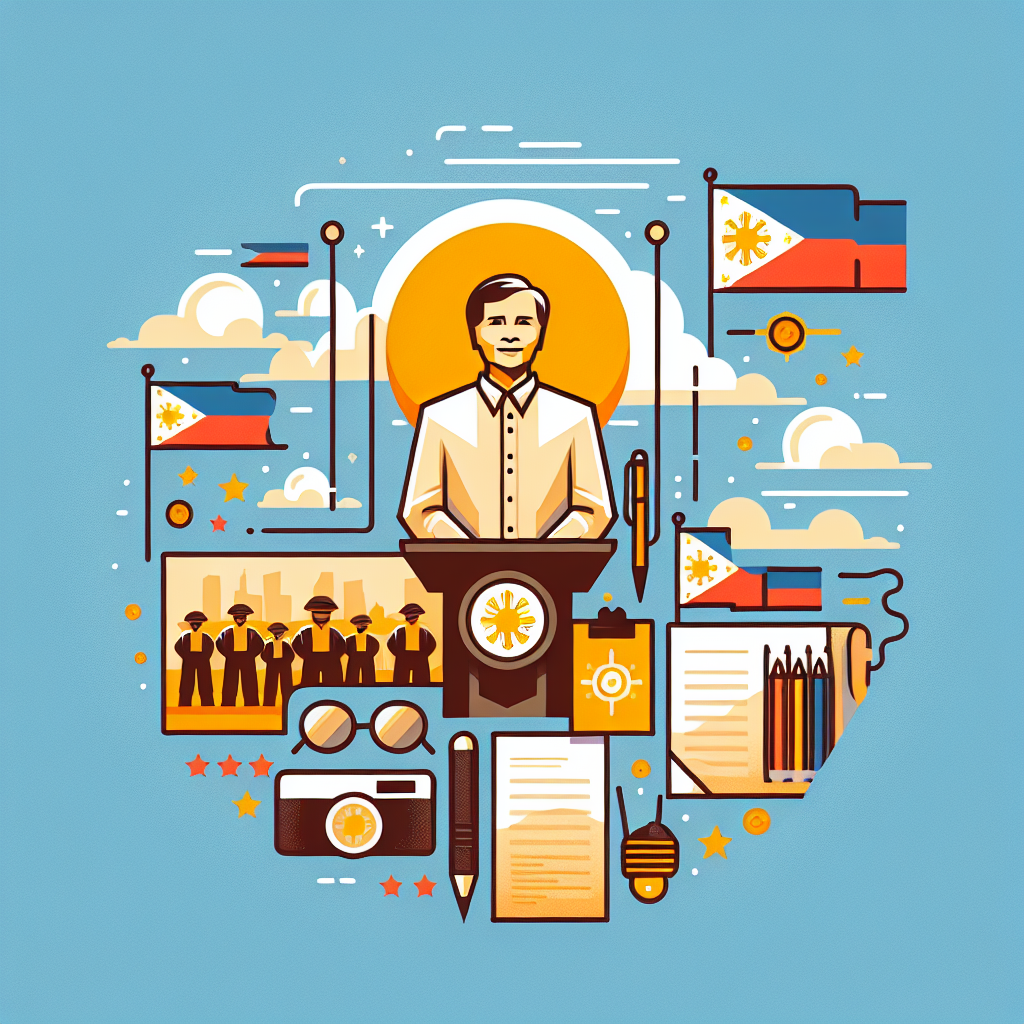
Exploring the Impact of Philippine Presidents
The Philippines has seen a diverse array of presidents, each leaving a distinct mark on the nation. From the enduring influence of Ferdinand Marcos to the transformative leadership of Rodrigo Duterte, these leaders have shaped the political landscape. Discover the achievements and influence of these pivotal figures in Philippine history.
The Role and Influence of Philippine Presidents
The history of the Philippines is deeply intertwined with its presidency, an institution that wields significant influence over the nation’s political landscape. The President of the Philippines, or “Pangulo ng Pilipinas,” serves not only as the head of state but also as the leader of the government and the commander-in-chief of the Armed Forces. This powerful position grants the president extensive control over executive decisions and national policies, making the role pivotal in shaping the country’s future.
Historical Overview of the Presidency
Since the establishment of the Commonwealth of the Philippines in 1935, the country has seen a succession of leaders, each bringing their own vision and policies. Initially modeled after the American presidential system, the Filipino presidency has evolved, particularly after the 1986 People Power Revolution, which led to significant constitutional changes. One of the most notable alterations was the imposition of a single, non-renewable six-year term for presidents, aimed at preventing prolonged authoritarian rule.
Influential Presidents and Their Legacies
Throughout history, several Filipino presidents have left enduring legacies. Ferdinand Marcos, for instance, ruled for two decades, a period marked by martial law and significant economic infrastructure development but also by widespread human rights abuses and corruption. His rule profoundly impacted the political and social fabric of the nation, leading to the eventual establishment of the 1987 Constitution.
In contrast, Corazon Aquino, succeeding Marcos, is celebrated for restoring democratic institutions and fostering a more open political environment. Her presidency symbolized a return to democratic values, setting a precedent for her successors.
The controversial presidency of Rodrigo Duterte further illustrates the profound impact of Philippine presidents. His hardline approach to crime, particularly his war on drugs, garnered both domestic approval and international criticism. Despite the controversies, Duterte’s administration made substantial investments in infrastructure, which contributed to economic growth.
The Power and Responsibilities of the Philippine Presidency
The Philippine president holds significant power, particularly in times of crisis. As the commander-in-chief, the president can mobilize the military to address both internal and external threats. Furthermore, the president has the authority to issue executive orders and proclamations, manage the national budget, and appoint government officials, including members of the judiciary. This concentration of power allows the president to influence all facets of governance.
Moreover, the president can pardon convicted individuals, a power that underscores the extensive influence held by the office. This authority, however, is balanced by the requirement for direct democratic elections, ensuring that the president remains accountable to the people.
Impact on Democracy and Governance
The presidency in the Philippines plays a crucial role in maintaining the balance between democratic governance and strong leadership. The direct election process ensures that the president reflects the will of the people, while the non-renewable term limit prevents the consolidation of power. This system aims to promote accountability and prevent the emergence of authoritarian regimes.
However, the dynamic nature of Philippine politics means that each president’s influence extends beyond their term. The policies and reforms enacted can shape the country’s trajectory long after they leave office. As such, the role of the president is not just to govern but to set the direction for future generations.
Conclusion
The presidency of the Philippines is a powerful institution that has been instrumental in shaping the nation’s history and future. Through their policies and leadership styles, the presidents have left indelible marks on the country. Understanding their legacies is crucial for appreciating the complexities of Filipino political life and the ongoing evolution of its democratic processes. As the Philippines continues to navigate its political landscape, the influence of its past and present leaders remains a key factor in its development.
Frequently Asked Questions About Philippine Presidents
What are the main responsibilities of the President of the Philippines?
The President of the Philippines serves as the country’s head of state and government, wielding significant power. As the commander-in-chief of the armed forces, the President can make critical decisions during conflicts. Moreover, the President exercises executive power over all administrative branches and can issue special orders. This powerful role is defined by the Philippine Constitution.
How long is the term for a Philippine President?
A Philippine President serves a single six-year term, with no possibility for reelection. This system was established after the “People Power Revolution,” differentiating it from the U.S. presidential system, where a president can serve two four-year terms.
How is the Philippine President elected?
The President is directly elected by the citizens of the Philippines. Candidates must be natural-born citizens, registered voters, literate, at least 40 years old on election day, and have resided in the Philippines for at least 10 years before the election.
What happens if a President is unable to serve their full term?
If a President resigns, is impeached, or passes away, the Vice President takes over. If the successor serves less than four years, they may run for a full term afterward.
Who are some notable Presidents of the Philippines?
Notable Presidents include Ferdinand Marcos, who ruled for 20 years, and Rodrigo Duterte, who gained international attention in 2016 for his controversial policies. Each President has left a significant impact on the nation’s history and governance.
Conclusion
In summary, the historical impact of the Presidents of the Philippines is characterized by their strong executive powers and influence on the nation’s political landscape. Over time, these leaders have shaped the country’s democratic values and governance structures, with a unique presidential system that contrasts with other global models. This system, defined by a six-year, non-renewable term, underscores the importance of each presidency in steering national policy and maintaining stability. Understanding their contributions is essential to grasp the broader political dynamics of the Philippines.


コメントを書く